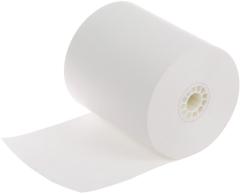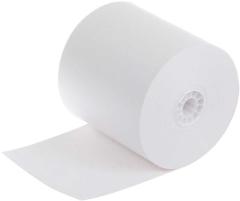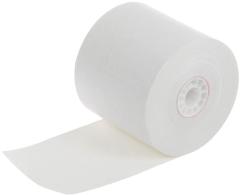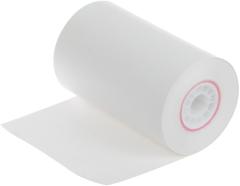Thermal Paper Rolls
If your business prints receipts, restaurant tickets, parking stubs, or anything else on thermal paper, chances are the paper you need is in stock and ready to order. Call or order online for all the materials and consumables you need to effectively run your business.
Shop thermal paper rolls, in stock in common sizes like 3-and-1/8", 2-and-1/4", and 2-and-5/16” as well as odd sizes for unique needs. When you partner with Richmond Advantage, you’ll enjoy personal service and custom pricing quotes that can help you stock up and save on all the materials you need!
Keep your costs down while getting the quality products you need for your business. Save with affordable nationwide shipping, as-well-as free delivery available in the San Antonio area.
Thermal Paper FAQs
What Kinds of Machines Print on Thermal Paper? - Most commonly, thermal paper is used to print receipts at credit card and point of sale (POS) terminals, like pay-at-the-pump systems at gas stations. Some cash registers have printers built-in, others will connect to a separate receipt printer unit. You’ll also find thermal printing on ATMs, lottery ticket printers, parking meters, back-of-house restaurant ticket printers, at dry cleaners, and a whole lot more.
Does Thermal Paper Need Ink? - Thermal printers can be extremely compact because they don’t require ink. Instead, thermal paper specially reacts chemically to the printer head to change the color of the paper itself. Ordinary paper won’t work in a thermal printer. That’s why you need specialized rolls from a supply partner like Richmond Advantage!
What Is Thermal Paper? - Thermal paper is special paper made with thermochromic chemicals like Fluoran and Leuco – meaning the paper changes color when exposed to heat. Instead of adding ink to paper, the printer head in a thermal printer adds only heat, causing the paper to change color whereas the printer head heats the paper to about 212 degrees. Thermal paper also features a protective coating that gives receipts that slick, smooth texture you’re familiar with and prevents the resulting text and images from fading.





